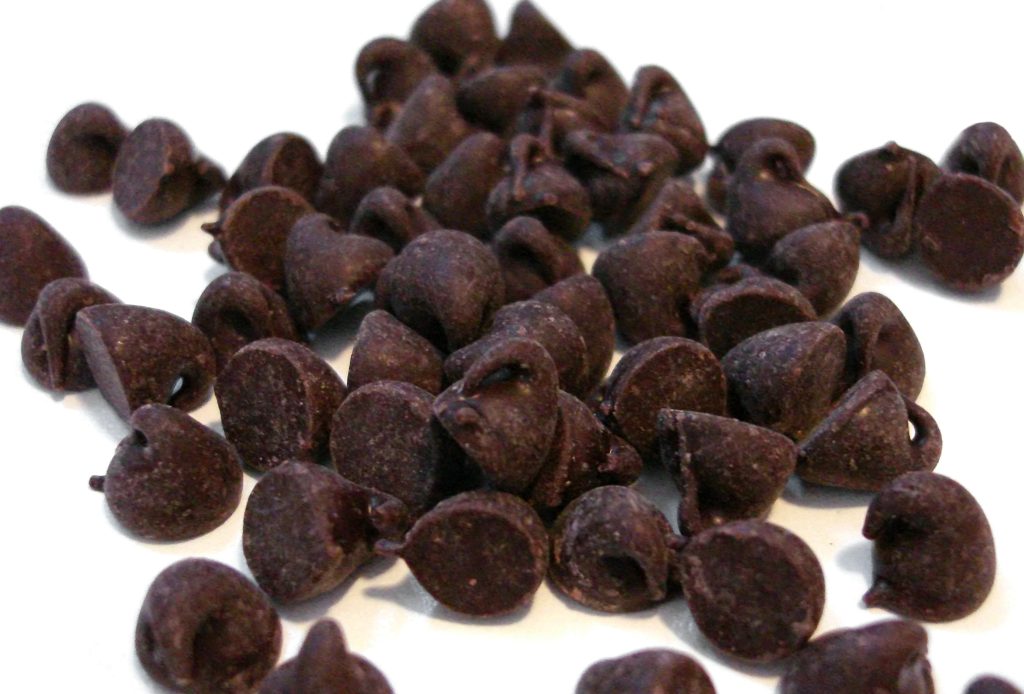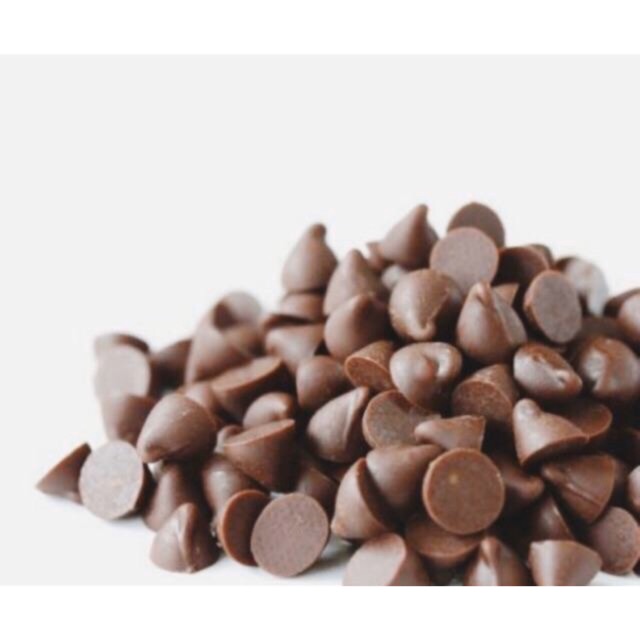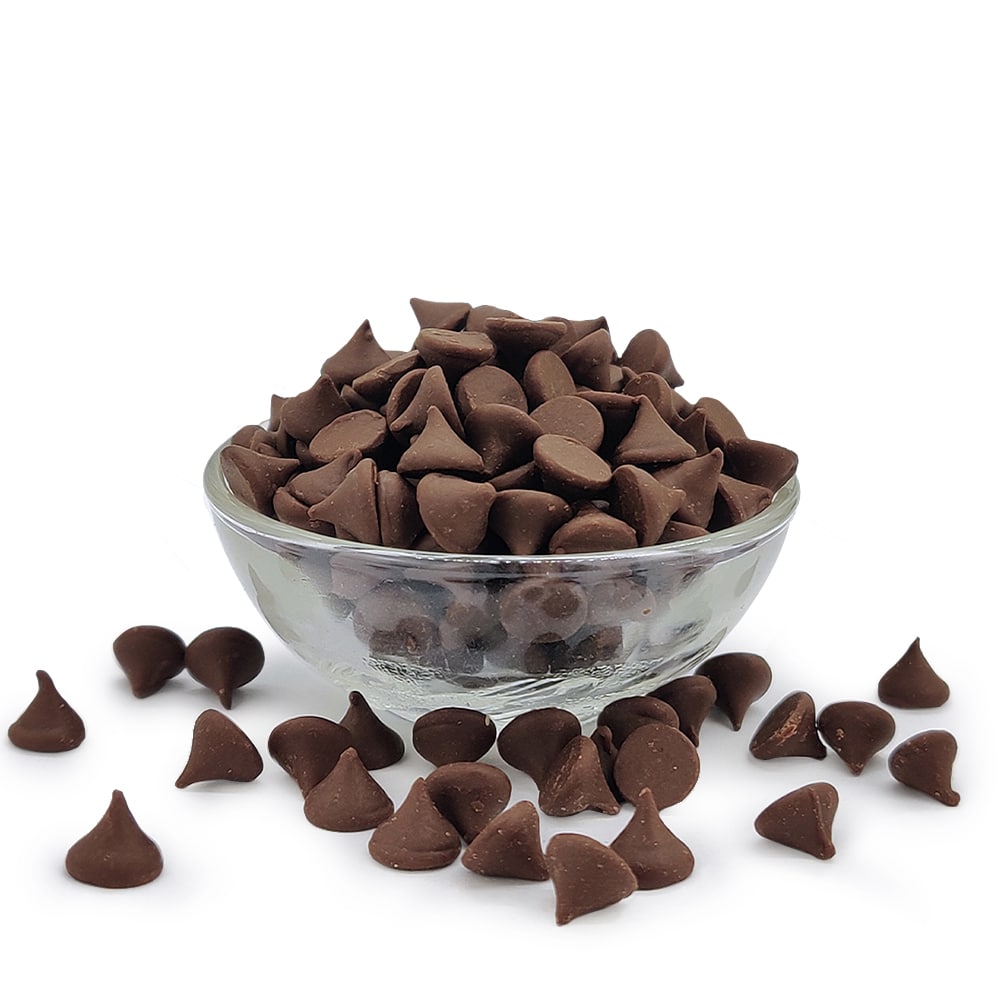Table of Contents
Chocolate has a rich history that stretches back centuries, but the chocolate chip tail history is particularly fascinating. Its roots to the early 20th century when Ruth Graves Wakefield discovered its unique flavor and versatility. He explore how the chocolate chip transformed from a simple ingredient to an iconic staple in cookies, desserts, and confections around the world. Through various innovations and trends, the chocolate chip has solidified its status as one of chocolate’s most beloved forms.
Chocolate Chip Tail History: In Culinary

As chocolate transitioned from a revered beverage of the ancient civilizations to a culinary staple in kitchens around the world, its origins began to unfold. This evolution marked a significant shift, as chocolate started being embraced not just for its cultural significance but also for its distinctive flavors and versatility in cooking. With time, various regions began to experiment with chocolate, ultimately leading to its incorporation into countless recipes and desserts, including the beloved chocolate chip tail cookie.
- Early Uses of Chocolate
Besides its role as a drink in Mesoamerican cultures, chocolate was used medicinally and in rituals. The Olmecs, Mayans, and Aztecs utilized cacao beans, recognizing their energizing properties and associating them with fertility and luxury. These early cultures often mixed chocolate with spices and herbs, laying the groundwork for delicious chocolate-based confections that would eventually spread worldwide.
- Chocolate in the 19th Century
One of the most transformative periods for chocolate emerged during the 19th century, as industrialization and innovation sparked remarkable changes. The creation of the cocoa press in the early 1800s enabled manufacturers to extract cocoa fat, resulting in solid chocolate forms that became increasingly popular.
Consequently, with the development of methods to produce chocolate bars and confections on a larger scale, chocolate’s appeal grew immensely. Innovative brands began experimenting with flavors, creating products such as milk chocolate, which introduced a sweeter and creamier taste.
This period also witnessed the rise of chocolate shops and a burgeoning demand for chocolate products, setting the stage for the iconic treats that followed, including the advent of the famed chocolate chip. As chocolate transitioned into mainstream culinary practices, it firmly established itself as a beloved ingredient across desserts and baked goods.
The Birth of the Chocolate Chip

If one were to trace the origins of the chocolate chip, it would lead to a remarkable moment in culinary history. The chocolate chip emerged from a desire to enhance desserts, changing the landscape of baking forever. This delectable morsel grew from a simple innovation that sparked widespread love for chocolate in various recipes, transforming sweets into cherished favorites.
- Ruth Wakefield and Toll House Cookies: The Inventor
Wakefield was a pioneering chef who owned the Toll House Inn in Massachusetts. In the 1930s, while experimenting with a cookie recipe, he added chopped chocolate, hoping to create a treat that would melt during baking. This simple decision led to the creation of the iconic Toll House cookie, which captured the hearts of many and lay the foundation for chocolate chip cookies.
- The Invention of the Chocolate Chip
At that pivotal moment, Ruth Wakefield unintentionally invented the chocolate chip as we know it today. She originally used a Nestlé chocolate bar, which she chopped into small pieces. This innovation, alongside her famous cookie recipe, piqued the interest of the Nestlé company, eventually leading to the production of semi-sweet chocolate chips designed specifically for baking.
Birth of the chocolate chip marked a significant shift in dessert-making. As a delightful addition, these small bits of chocolate made it possible to infuse cookies and other treats with a rich and smooth flavor. The partnership between Wakefield and Nestlé contributed to the widespread popularity of the chocolate chip, encouraging consumers to create and enjoy sweet treats on a large scale, establishing it as a beloved staple in kitchens around the world.
Chocolate Chips in Popular Culture

Any discussion of chocolate chips would be incomplete without acknowledging their profound impact on popular culture. From movies to music, these bite-sized delights have become symbols of indulgence, comfort, and nostalgia. Various references in literature and film have solidified their presence in the collective consciousness, ensuring they remain a beloved treat across generations.
- The Rise of Chocolate Chip Cookies
One of the most iconic manifestations of chocolate chips is undoubtedly the chocolate chip cookie. Originating in the United States during the 1930s, this dessert quickly gained popularity, becoming a ubiquitous staple in households. With its perfect blend of crispy edges and chewy centers, the chocolate chip cookie is celebrated at bake sales, parties, and family gatherings, thanks to its universal appeal and straightforward preparation.
- Chocolate Chips in Other Desserts
One notable feature of chocolate chips is their versatility, extending well beyond cookies. You can found in a myriad of desserts, from brownies and pancakes to ice cream and muffins. Their ability to melt and blend seamlessly into various recipes makes them a favorite among bakers.
Culture around chocolate chips has evolved, incorporating them into innovative desserts and gourmet creations. Chefs and home bakers alike utilize chocolate chips in unexpected pairings, such as savory dishes and artisanal chocolates. The adaptability of chocolate chips allows them to transcend the traditional roles they once held, continuously inspiring creativity and experimentation in the culinary world.
The Evolution of Chocolate Chip Varieties
To understand the evolution of chocolate chip varieties, one must consider the myriad changes that have taken place since their inception. Over the decades, chocolatiers have experimented with flavor profiles, introducing an array of innovative options that cater to diverse palates. From classic semisweet chips to gourmet blends infused with spices, the chocolate chip has transcended its humble beginnings, becoming a versatile ingredient in countless recipes worldwide.
- Dark, Milk, and White Chocolate Chips
Among the varieties available, dark, milk, and white chocolate chips have become staples in baking. Each type offers distinct flavors and sweetness levels, appealing to different preferences. Dark chocolate chips provide a rich, intense experience, while milk chocolate chips bring a creamier sweetness. White chocolate chips, although technically not chocolate, contribute a unique vanilla flavor that enhances many desserts.
- Alternative Ingredients and Health Trends
Between the rise of health-conscious eating and evolving consumer preferences, alternative ingredients have gained traction in the world of chocolate chips. Many bakers and consumers now seek out chips made from organic or fair-trade chocolate, as well as those that incorporate less sugar or are free from allergens.
But the impact of health trends extends beyond just the type of chocolate used. Innovators have introduced chips made from alternative ingredients such as coconut, carob, and vegan options that delight those with dietary restrictions. These creative alternatives not only provide healthier choices but also open up new flavor avenues, satisfying a diverse range of needs and desires in the culinary community. Make believe that these trends will shape the future of baking as they respond to the changing landscape of consumer health and wellness priorities.
The Chocolate Chip Manufacturing Process
All chocolate chips begin their journey from bean to chip through a meticulous manufacturing process that ensures quality and consistency. The process typically involves sourcing high-quality cocoa beans, refining the chocolate, and forming it into the familiar chip shape. Each stage is designed to preserve the rich flavors and textures that make chocolate chips a beloved ingredient in various desserts.
- Sourcing and Production
Below the surface of chocolate chip production lies a complex web of sourcing high-quality ingredients. Manufacturers often establish direct relationships with cocoa bean farmers, ensuring sustainable practices are followed. These beans are then processed to extract cocoa mass and cocoa butter, which are important components of the final chocolate product. The selection of ingredients plays a significant role in the taste and quality of chocolate chips.
- Quality Control in Chocolate Chip Production
One fundamental aspect of chocolate chip production is quality control, which ensures that each batch meets strict standards. Manufacturers routinely conduct tests on the cocoa beans, the finished chocolate, and the final product to identify any defects or inconsistencies in flavor, texture, and appearance.
Hence, quality control in chocolate chip production involves multiple stages, including sensory evaluations and laboratory tests. They meticulously check for factors such as particle size, fat content, and the presence of contaminants. By maintaining rigorous quality standards, manufacturers guarantee that consumers receive a product that is not only delicious but also safe to enjoy. This attention to detail is what distinguishes premium chocolate chips from the rest, setting a benchmark for excellence in a highly competitive market.
The Global Chocolate Chip Market
Despite its humble beginnings, the global chocolate chip market has experienced significant growth and transformation. Chocolate chips, once considered a mere ingredient for home baking, have evolved into a multi-billion-dollar industry that caters to diverse consumer preferences worldwide. With a surge in demand for convenience foods and ready-to-eat products, manufacturers are continuously innovating to meet evolving tastes and increase accessibility.
- Market Trends and Consumer Preferences
On the heels of rising health consciousness, many consumers are gravitating toward chocolate chips made with organic ingredients and innovative flavor profiles. The trend points to a growing preference for dark and semi-sweet chocolate chips, as health-conscious individuals seek to balance indulgence with better nutrition. As they explore options, consumers are also leaning towards products that offer transparency in sourcing and ethical practices.
- The Impact of Fair Trade Practices
After increasing attention to global trade dynamics, fair trade practices have made notable strides in the chocolate chip market. Consumers are becoming more aware of the importance of ethical sourcing and sustainability, prompting a shift towards fair trade-certified products. This growing demand is reshaping the industry as producers adopt responsible practices to ensure that farmers receive fair compensation for their cocoa.
With fair trade practices gaining traction, various chocolate chip brands are committing to sustainable sourcing and ethical production methods. Many companies are establishing direct partnerships with cocoa farmers, ensuring higher wages while promoting environmentally friendly cultivation techniques. This shift not only enhances the livelihoods of those involved but also cultivates consumer trust, as shoppers increasingly prefer to support brands that prioritize social responsibility alongside product quality.
To wrap up
Ultimately, the history of chocolate chip cookies highlights the ingenuity of home bakers and commercial bakeries alike. They can trace their origins back to the 1930s when Ruth Wakefield’s innovative creation captivated the taste buds of many. Over the decades, they have evolved into a beloved treat enjoyed by individuals and families around the world. The widespread appeal of chocolate chip cookies showcases the enduring legacy of this delightful dessert, cementing its status as one of chocolate’s most popular forms.